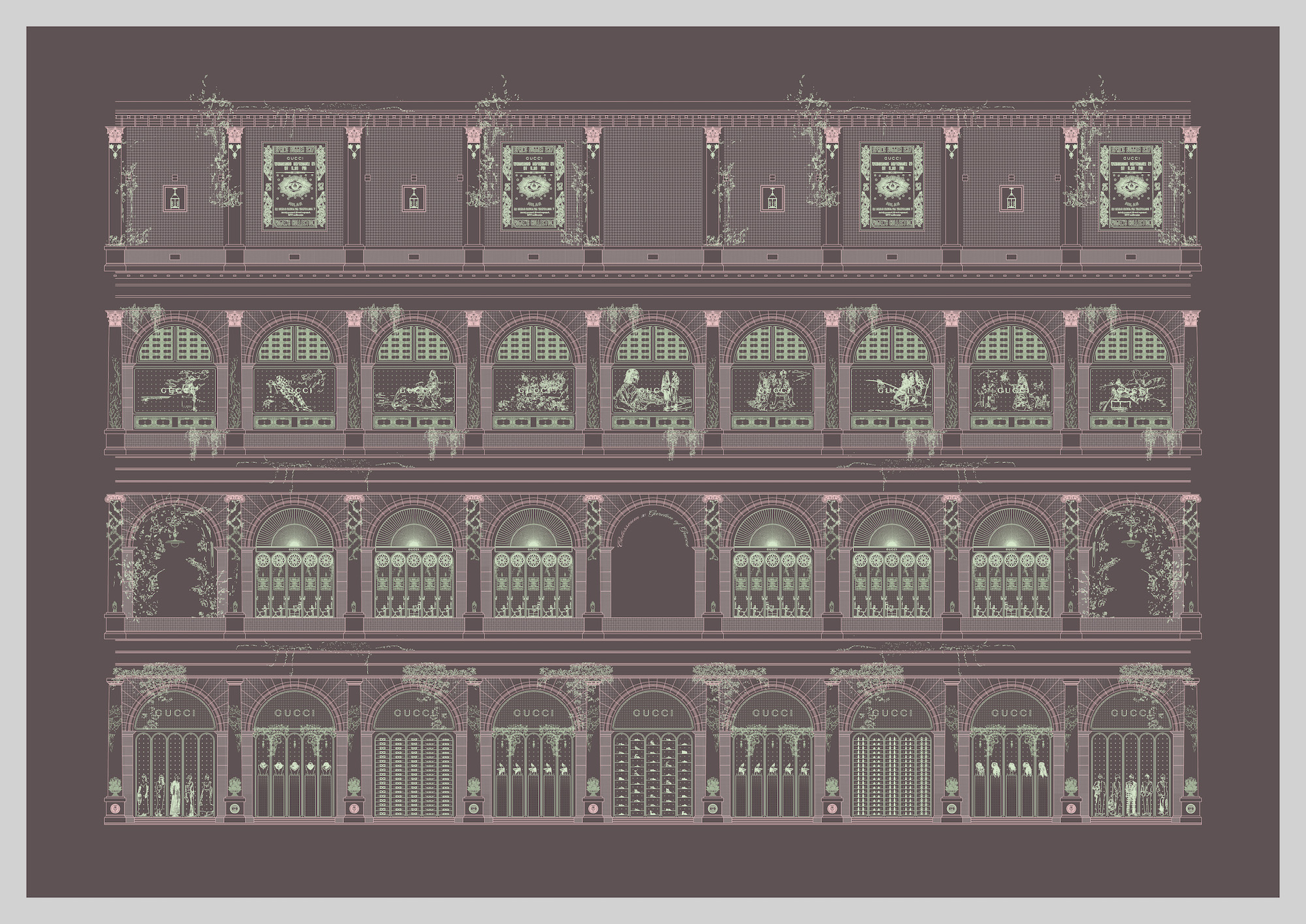Reviving Grotto-heaven: Restoring Balance to the Taoist Sacred Sites
Focusing on the loss of the sacred landscape of ‘Grotto-heavens & auspicious places’, the project takes ‘Grand Cleanse Grotto-heaven’ (in Hangzhou China) as an example to propose the conservation method of such Taoist sacred landscape. It uses fieldwork, case studies, interviews, and text analysis to clarify the logic of conservation and encourage the participation of various stakeholders to achieve sustainable long-term results. The thesis also tried the visual expression of the specific culture. It used traditional Taoist colors and mural textures. The changes of saturation in the drawings reflect the reactivation of the site from the past to the present and into the future.

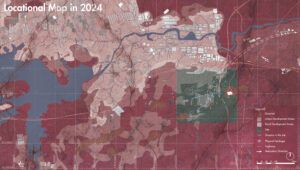
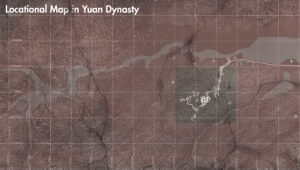
Grotto-heaven
The ‘Grotto-heavens & auspicious places’ is a unique landscape pattern that truly exists in the real world and a utopian world imagined and yearned for by the secular world. As a landscape pattern, it is composed of mountains, water, caves, villages, Taoist temples, and all living creatures. It is bound by religious ideas and advocates the sustainable development of natural resources in areas of high ecological value. However, almost half of them have disappeared in history. Although the loss of the sacred places is inseparable from the influence of the Dharma-Ending Age, many of the current conservation efforts are still blind and ineffective.
The project believes that the public’s perspective on ‘Grotto-heaven’ usually has the misunderstandings caused by the gap between the modern and ancient Chinese, which not only makes conservation practices ineffective but also further damages its sacred geographical characteristics. The protection of the ‘Grotto-heaven’ system should focus on its landscape features and village culture, especially the attention to water systems.
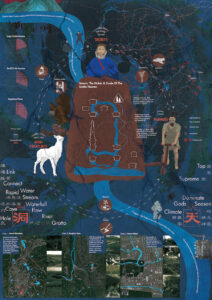
The project is rooted in fieldwork.
The video records the importance of the water system and the current situation of the destruction of the ‘Grand Cleanse Grotto-heaven’.

The area was once home to the national Taoist temple ‘Dongxiao Palace’ (洞霄宫) to demonstrate the legitimacy of the imperial power of the Southern Song Dynasty, which was based in Lin’an (临安, now Hangzhou). However, it was completely abandoned and disappeared during historical changes. The most serious was the industrialization that emerged in the 1970s. Multiple quarries and lime kilns appeared in the area, causing severe destruction to the rock landscapes and caves that contained many cultural allusions, as well as severe water and air pollution. In the 1990s, villagers strongly opposed and stopped this violent development. Since the beginning of the 21st century, the quarrying industry has been completely shut down, but the destructive traces it left behind still exist. Since 2014, urban planners have set up a waste incineration plant and the second ring expressway here, and most of the villagers have been relocated. In the complex historical and social context, an important issue that this project needs to solve is how to protect the natural and cultural values of the ‘Grotto-heaven’ at a feasible cost and respond to the claims of various stakeholders.
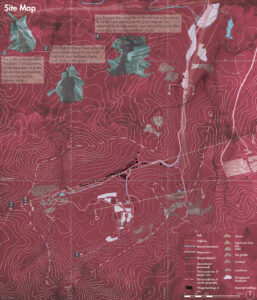

The author used segmented photography to record the condition of the streams in geographical order. This investigation clarified the status of the streams, which was not clearly understood in previous researchers’ fieldwork. Information such as the flow direction, volume, location, health condition, and influencing factors were documented. Issues identified with the streams included partial drying and interruption of downstream streams, concretization of stream habitats, and a lack of storage space for villagers’ domestic water.

This design aims to reconnect the intermittent stream under the elevated highway with the surface and groundwater of the surrounding mountainous areas. Considering the potential leakage risk from the nearby waste incinerator, this site becomes a barrier to protect the ‘Grotto-heaven’. Therefore, the initial design concept was to create a series of stepped wetlands using the idle and enclosed land under the highway. On one hand, this adaptation to the topography helps retain the water supply for each section of the stream, and on the other hand, it prevents downstream flooding caused by excessive instantaneous water flow. The interface between the stream and the wetland is transformed into a natural rock beach, providing one of the suitable habitats for the Blue whistling thrush. Additionally, to mitigate the ecological and visual impacts of the elevated highway, the design utilizes ground covers to weaken the structural presence of the highway and reintegrate it into the natural surroundings.
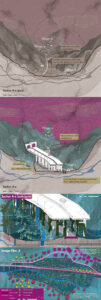
In node C, the producation of lime can become a ritual performance, showcasing the traditional craftsmanship. The finished lime product is an excellent soil conditioner that regulates soil and promotes the reproduction of soil microorganisms. Hence, it can be used for the restoration of the nearby quarry. The land near the lime kiln is transformed into a nursery for restoration plants, which can be conveniently transplanted onto the quarry.
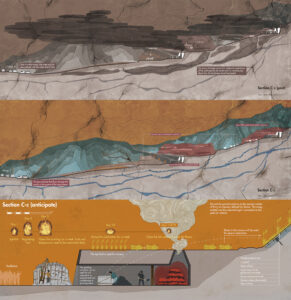
The design in D-1 node aims to reference the catchment devices with local wisdom and arrange a series of interconnected new devices to form a water collection and transportation system that covers the whole mountainside. Sustainable materials such as bitter bamboo and purple bamboo, which are abundant locally, are selected for the construction. In D-2 node, the Dongxiao Palace site is the core location of the ‘Grotto-heaven’, characterized by abundant groundwater and deep soil. Areas with archaeological traces are identified, and archaeological units are invited to conduct excavations. Then, the area of the main hall, which now displays numerous immovable cultural relics, is preserved as an archaeological site for visitors to explore. The remaining areas are backfilled with soil and developed into fields following the layout of the ancient temple’s architecture. These farmlands not only provide opportunities for agricultural production and showcase the importance of agriculture within the ‘Grotto-heaven’, but also serve as habitats for small rodents in the fields serving as the food source of the sacred animal, the black eagle. Additionally, the farmlands that have encroached on the forest can be restored by returning them to forestry, thus becoming habitats for the black eagle once again. In the center of the farmlands, a three-tier Taoist altar made of limestone is set up. Taoists can use bamboo poles to set up temporary structures for conducting rituals (‘zhai zhan ke yi’, 斋蘸科仪).
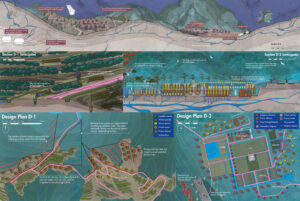
All the plants involved in the design play a role in responding to the historical and ecological conditions of the site. Some of the plants are sourced from the book ‘Dongxiao Palace Atlas’ which records the ancient state of the site, while others are discovered through fieldwork.

Of particular note is the ritual restoration process involving visitors and Taoist enthusiasts. This activity combines the ‘throwing Loong Slip ceremony’ (投龙简) and the annual bat soil excavation that once took place on the site. After the visitors ‘throw Loong slip’ in front of the cave, they help transport the soil with bat droppings that block the caves, which is used for fertilizing the fields or repairing the quarries, and then obtain wetland seeds to take to the entrance wetlands to assist in planting.


The implementation of the above design depends on the participation of stakeholders. Specific stakeholders will be involved in the construction projects at different nodes. A composite lunar calendar represents the whole restoration process and the rebalanced situation of the site.
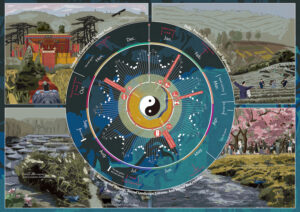
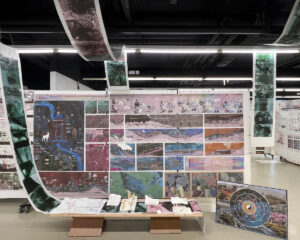
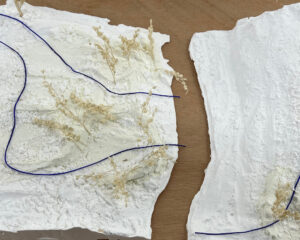
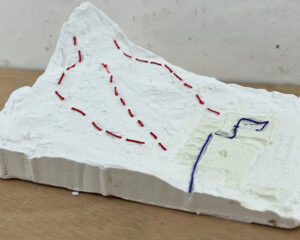
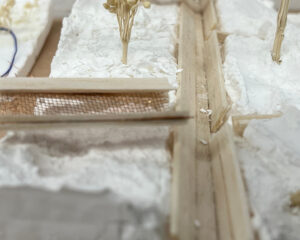
Author: Pan Yichang
Advisor: Ms. Mak, Vincci W.S.
A thesis submitted to the University of Hong Kong for the degree Master of Landscape Architecture, 2024




